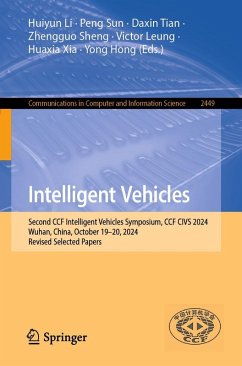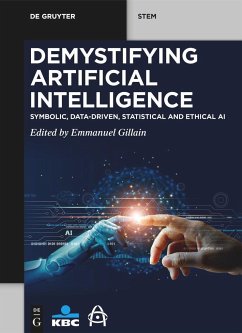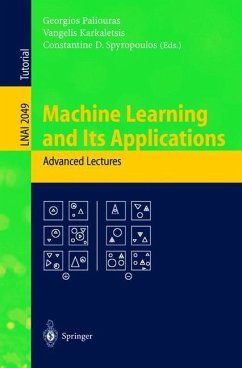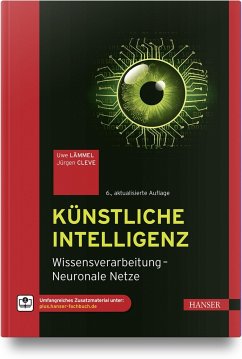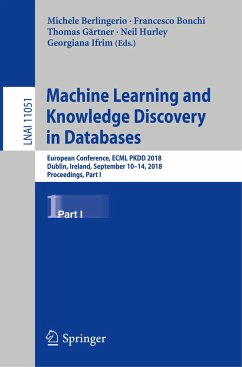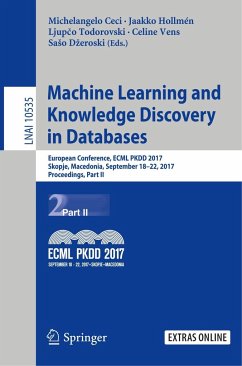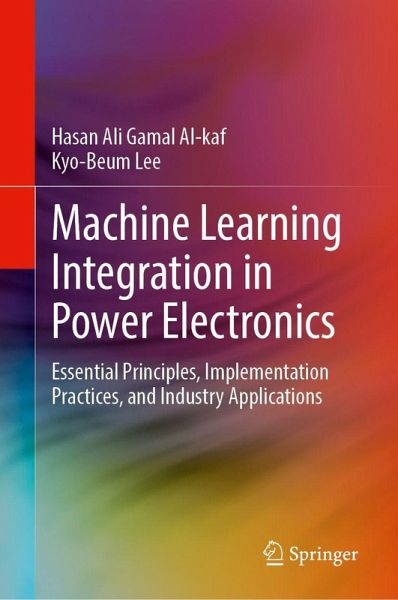
Machine Learning Integration in Power Electronics
Essential Principles, Implementation Practices, and Industry Applications
Versandkostenfrei!
Erscheint vorauss. 4. Dezember 2025
142,99 €
inkl. MwSt.

PAYBACK Punkte
71 °P sammeln!
This book provides a comprehensive guide for integrating machine learning techniques to enhance power electronic systems, with a focus on real-time applications, fault detection, and advanced control systems. Machine learning applications in power electronics delve into the transformative potential of machine learning in the field of power electronics. It is designed for professionals, researchers, and students who seek to leverage machine learning to address complex challenges and optimize performance in power electronics. The book explores the synergies between machine learning and power ele...
This book provides a comprehensive guide for integrating machine learning techniques to enhance power electronic systems, with a focus on real-time applications, fault detection, and advanced control systems. Machine learning applications in power electronics delve into the transformative potential of machine learning in the field of power electronics. It is designed for professionals, researchers, and students who seek to leverage machine learning to address complex challenges and optimize performance in power electronics. The book explores the synergies between machine learning and power electronics, highlighting the importance of these technologies in industries such as renewable energy, electric vehicles, and industrial automation. It provides practical insights into implementing machine learning solutions, covering essential concepts, algorithms, workflows, and real-time deployment. Readers can gain valuable knowledge on integration strategies and advanced applications, including control of permanent magnet synchronous motor (PMSM) drives and fault detection in neutral point clamped (NPC) inverters. Additionally, the book offers best practices for selecting appropriate machine learning methods, such as integrating physics-informed models, utilizing lightweight neural networks, ensuring transparency with explainable methods, and employing conformal prediction for reliable outcomes. Beyond practical guidance, this book presents innovative ideas from recent literature, showcasing cutting-edge applications and future research directions. With its practical focus, detailed methodologies, and forward-looking insights, this book is an essential resource for anyone looking to harness the power of machine learning to drive innovation and improve system performance in power electronics.



